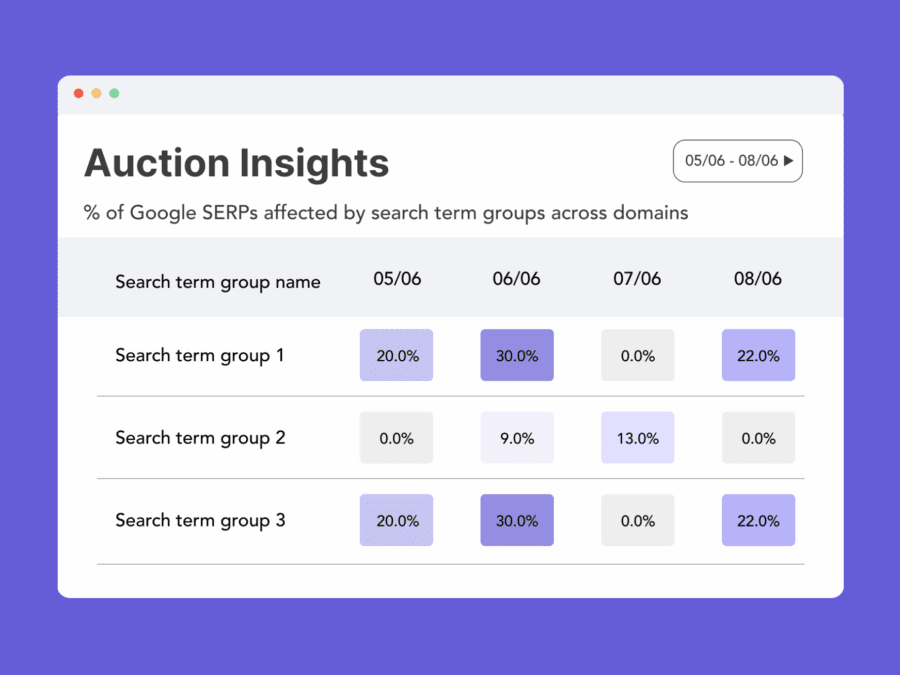Winning your spot on the Search Engine Results Page (SERP) isn’t a matter of luck or even an art for that matter. It’s a science based on a specific search marketing lifecycle — one you can master pretty easily if you stick to these 9 proven steps.
Maybe you’re already doing some of these essential things, and that’s great. But by refining your process (and deploying the right technology) to ensure you have every element in place, you’ll see better search results. We know, because we help our clients do it every day.
Here’s your SERP success checklist:
1.) Understand your market.
Knowing all the other players you are bidding against is vitally important (and it may not be who you think).
Your search competitors may not always be as obvious as you might expect. You may assume that the big names in your vertical, based on brand recognition or location, are your rival bidders on the SERP – which is why many brands overlook the real competition. The most aggressive rivals you need to keep an eye on may in fact be the up-and-comers. Or you may discover partners or affiliates who are encroaching on your space. Get actual data on your search landscape, and make no assumptions!
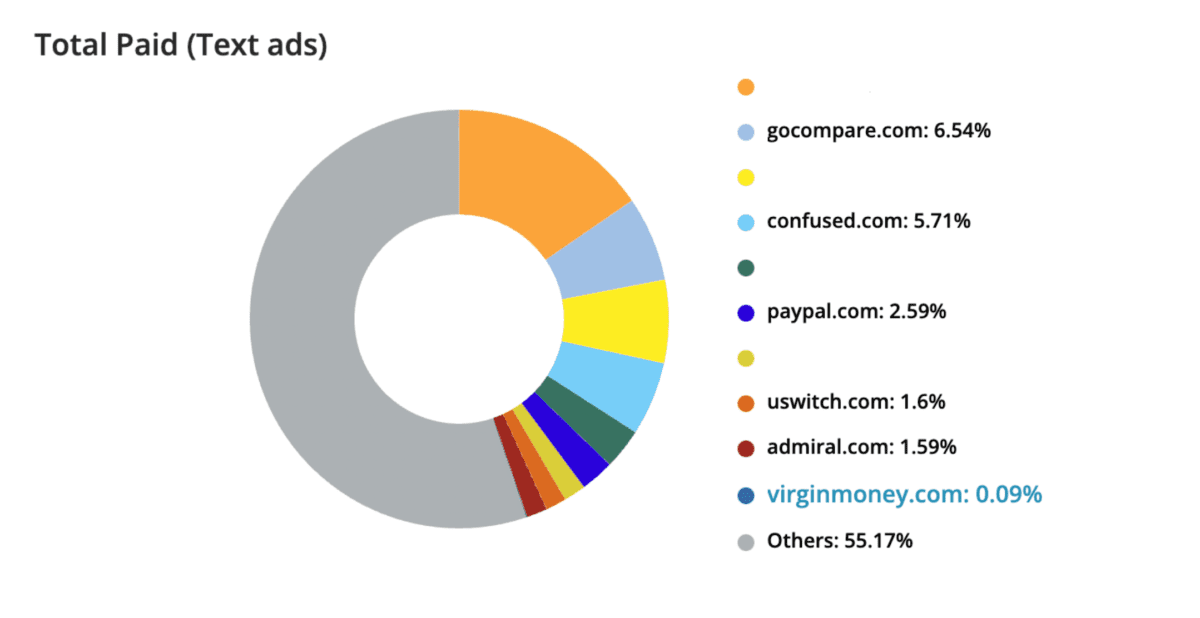 Above: Adthena gives you a ‘Whole Market View’ providing complete visibility across your entire search landscape.
Above: Adthena gives you a ‘Whole Market View’ providing complete visibility across your entire search landscape.
2.) Benchmark your competitors:
Understand the current state of your search landscape across all the metrics that matter.
Accurate benchmarking helps you monitor your competitors’ movements and thereby understand what they are trying to achieve. Are they spending money on generics or branded terms, for example? Where are they bidding that you aren’t?
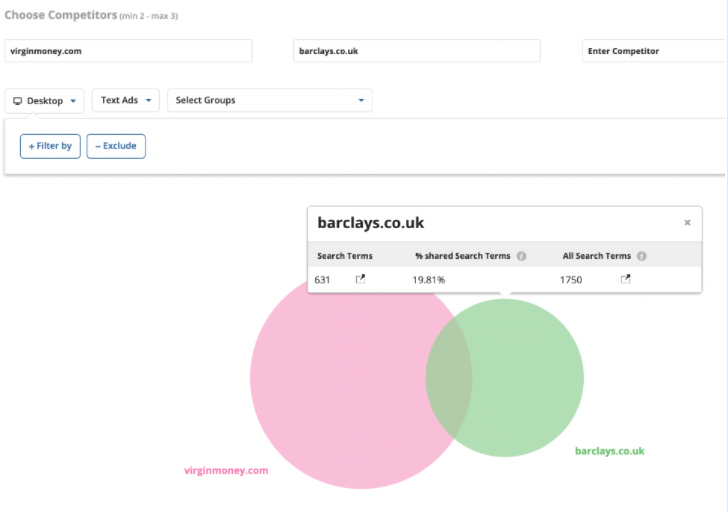
In the graph above you can see the number of terms these finance players are bidding on and the overlap of terms among them. Barclays, for example, would definitely want to assess which terms they are missing out on based on competitor benchmarks.
3.) Calculate your share of clicks:
Impressions can be misleading; be sure you understand where you stand in comparison to your competitors in terms of actual clicks.
Some finance marketers achieve a high share of impressions but are not seeing an equivalent share of clicks, Why? This could be anything from spammy ad copy or low brand awareness to faulty links to a landing page. At Adthena we are able to show competitor click share as shown in the graph below.
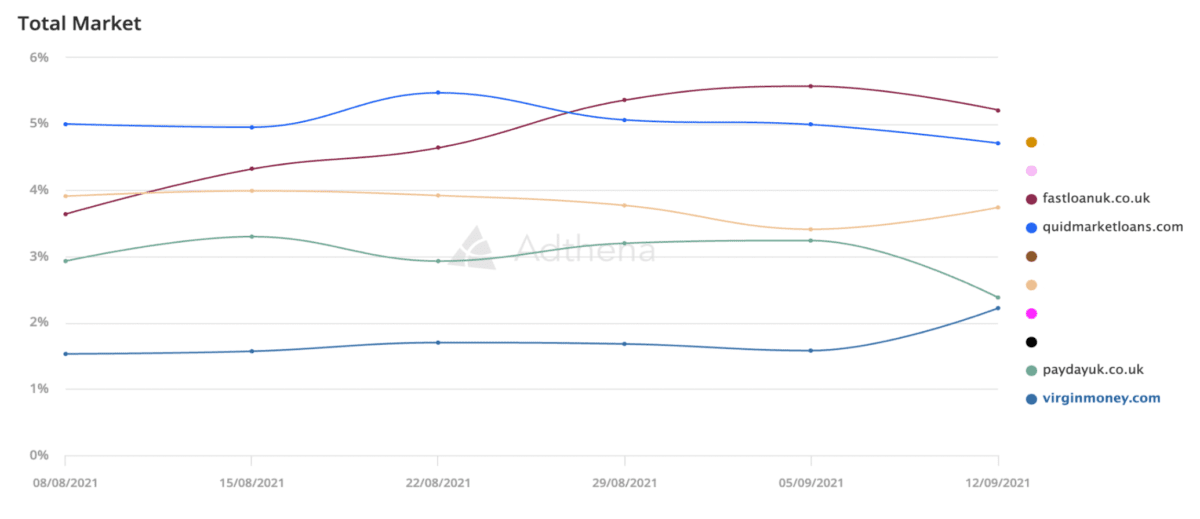
4.) Segment your data:
Segmented and categorized data > raw data.
Uncategorized data can be really hard to make sense of, making it easy to overlook important insights or be fooled by anomalies. You must be able to segment data by category, search term group, product, competitor, and campaign in order to optimize your campaign for the best SERP position and performance.
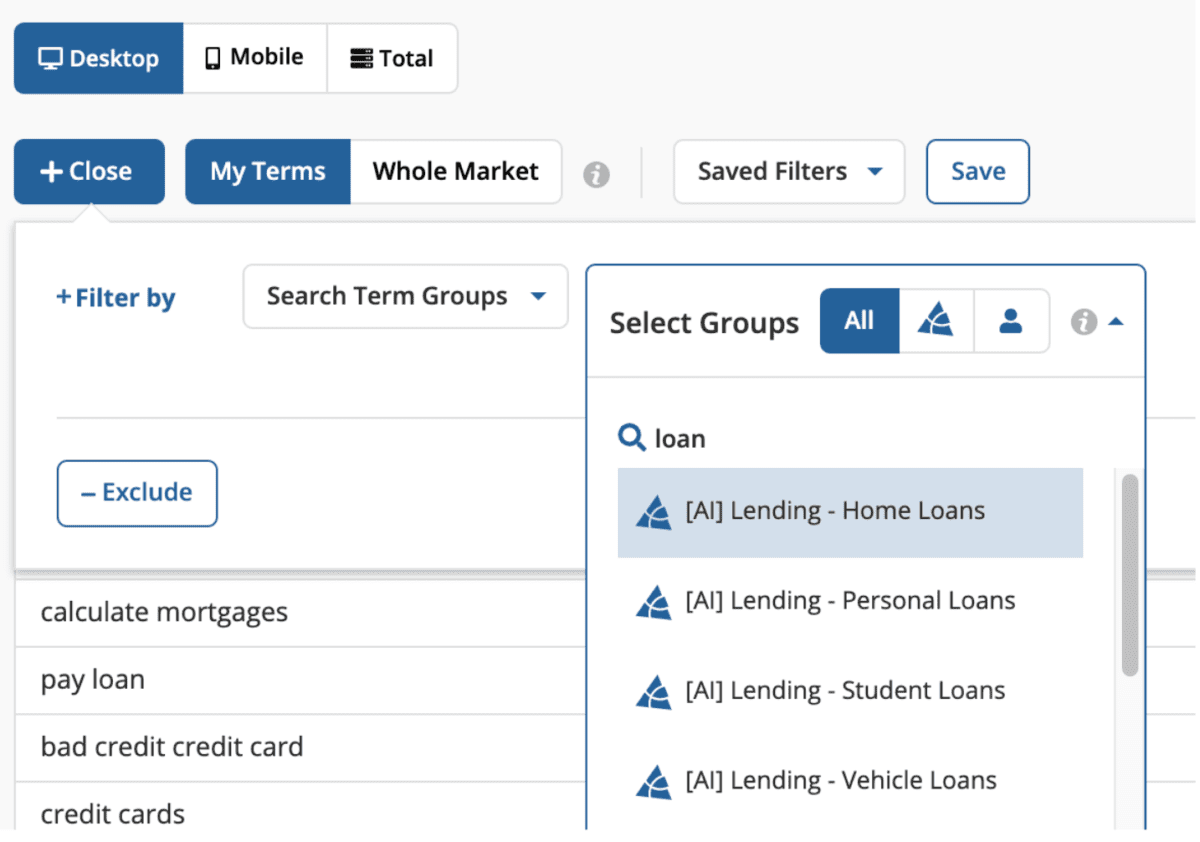
Above: Break down your search landscape into useful groups. This can be segmented by search term groups across both brand and generic terms.
5.) Track competitors’ ad copy
If you don’t know what your rivals are offering or emphasizing, how do you expect to compete effectively? Monitoring high-performing ad copy in your landscape gives you intel to feedback to product teams so you can maximize your competitive position and the impact of your offers.
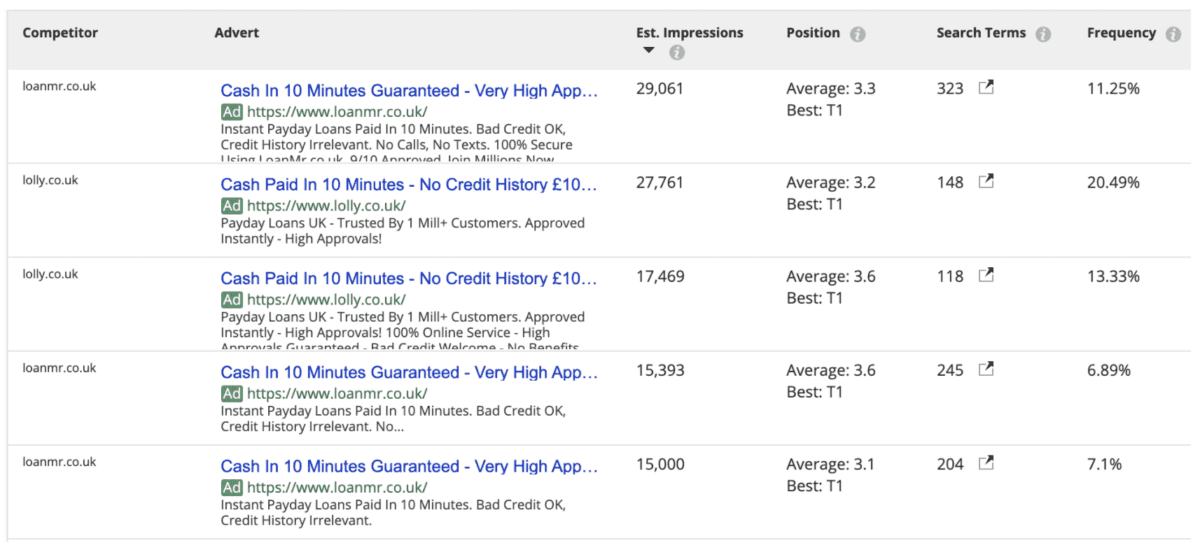
Above: View competitor ad copy but also see what’s performing well, what offers are being advertised and the number of impressions each advert has achieved.
6.) Protect your brand with automation
Monitoring your competitors for brand poaching is vital to protecting your investment, but doing it manually is more than a full-time job. Set up automated alerts so you know exactly when a rival, a partner, or an affiliate is bidding on your brand terms and taking clicks that are rightfully yours. Timely reports give you enforcement leverage, too.
7.) Stop spending where you don’t have to
Keep an eye on your organic performance, too. If you’re getting top organic results for a term, use that budget elsewhere. You don’t want to waste budget on terms that are already getting the job done.
8.) Be flexible with CPA targets.
Know when to relax cost targets to ensure the right volume of traffic comes through. By understanding competitor spend, leaders can push or pull back on targets. It also gives you the opportunity to justify a budget based on competitor strategy.
9.) Measure and optimize for customer Life Time Value (LTV)
You’re getting clicks, but are they the right ones? Monitor your auctions to assess which terms bring in the most valuable customers. Are you spending too much on terms that win customers with short life cycles? Adthena data can help understand the LTV & make a decision.
Adthena does it all
Adthena search intelligence gives you all the tools you need to master every step of the search lifecycle, optimize your spend, and climb the SERP.
With Adthena, you get the whole picture of your landscape, segmented how you want it, with vital insights into every aspect of your competitors’ strategies, from their best-performing ad copy to their location-based campaigns to the clicks they win from your branded terms.
Let’s tackle your SERP together
Reach out to me at george.hancock@adthena.com to book a demo and find out how you can smash your performance goals.




